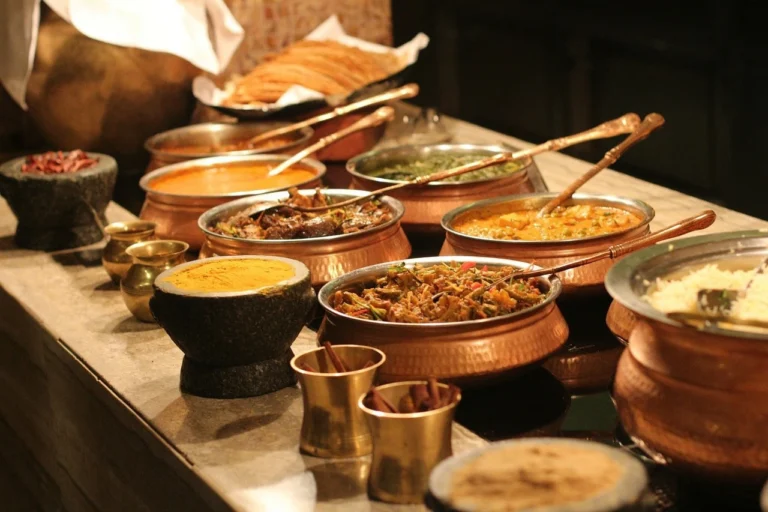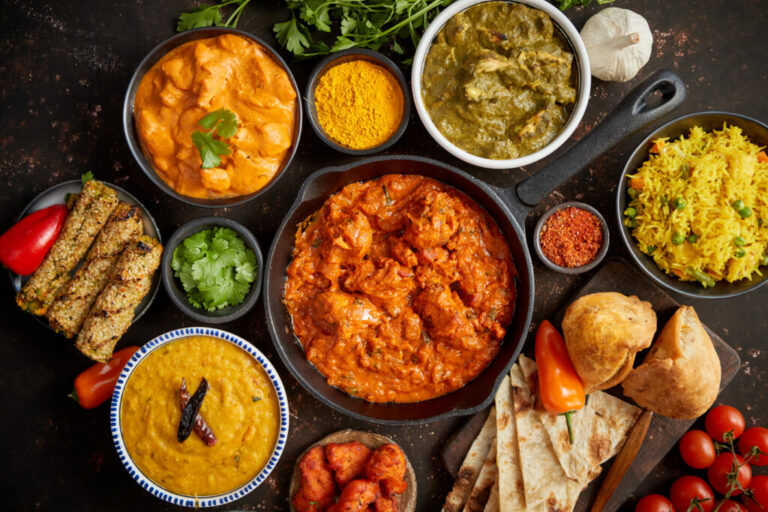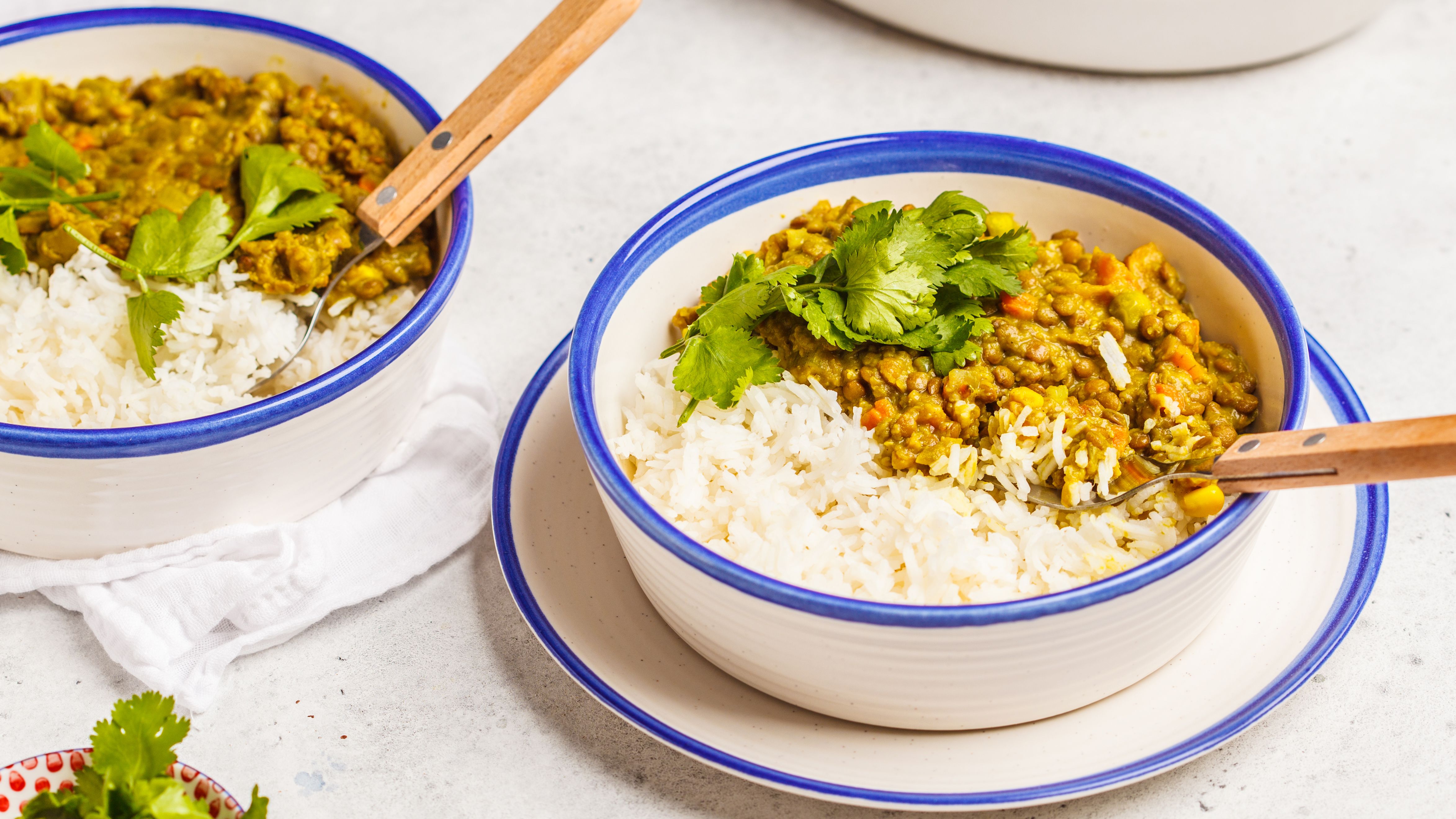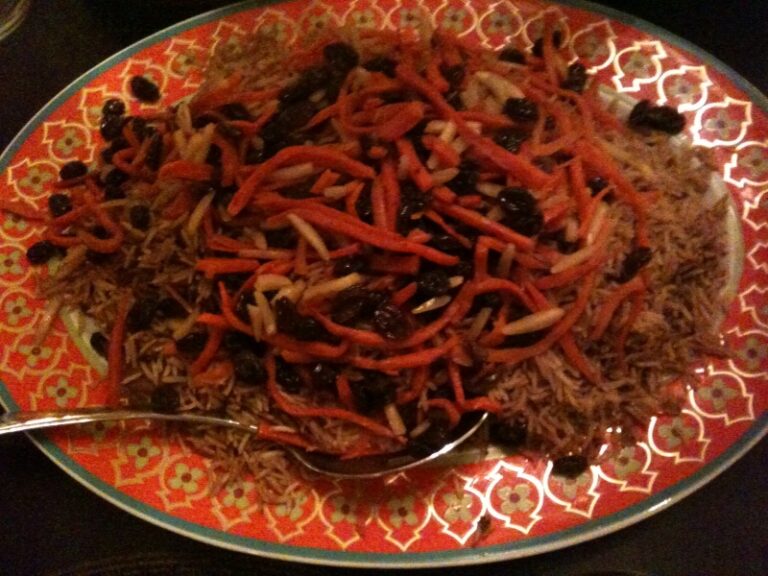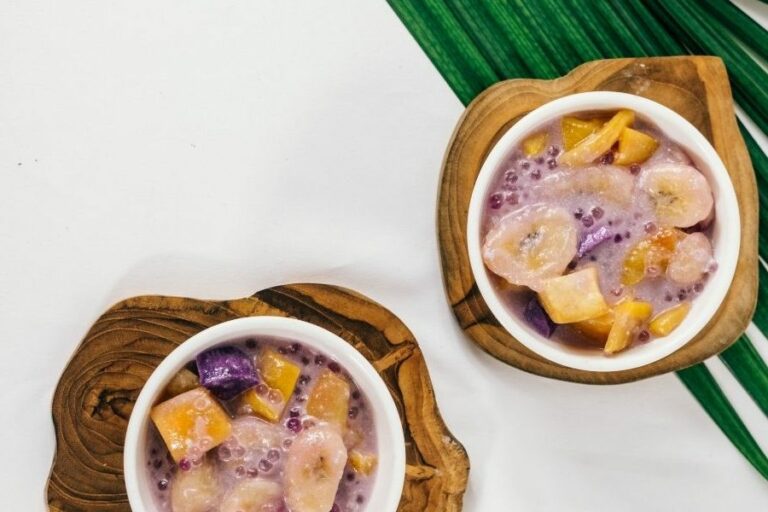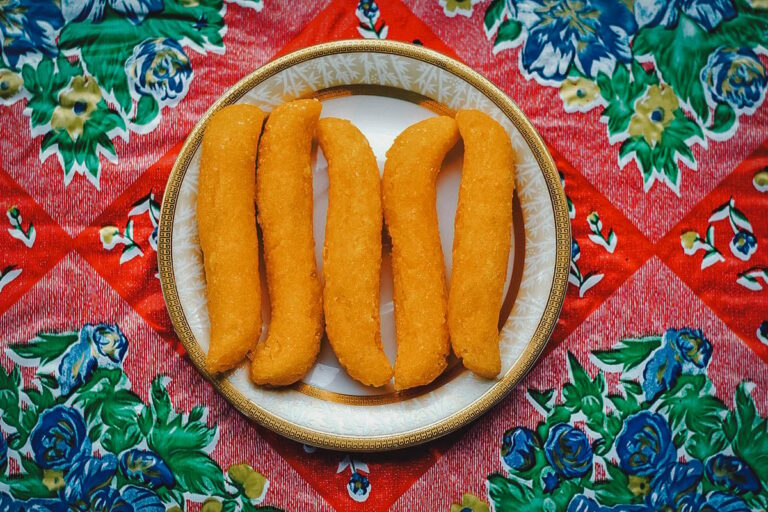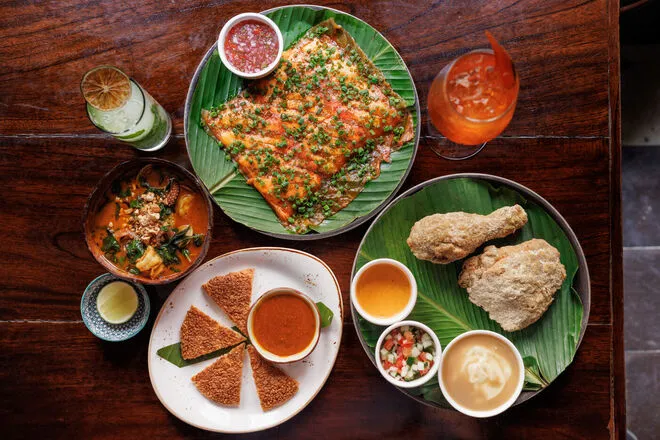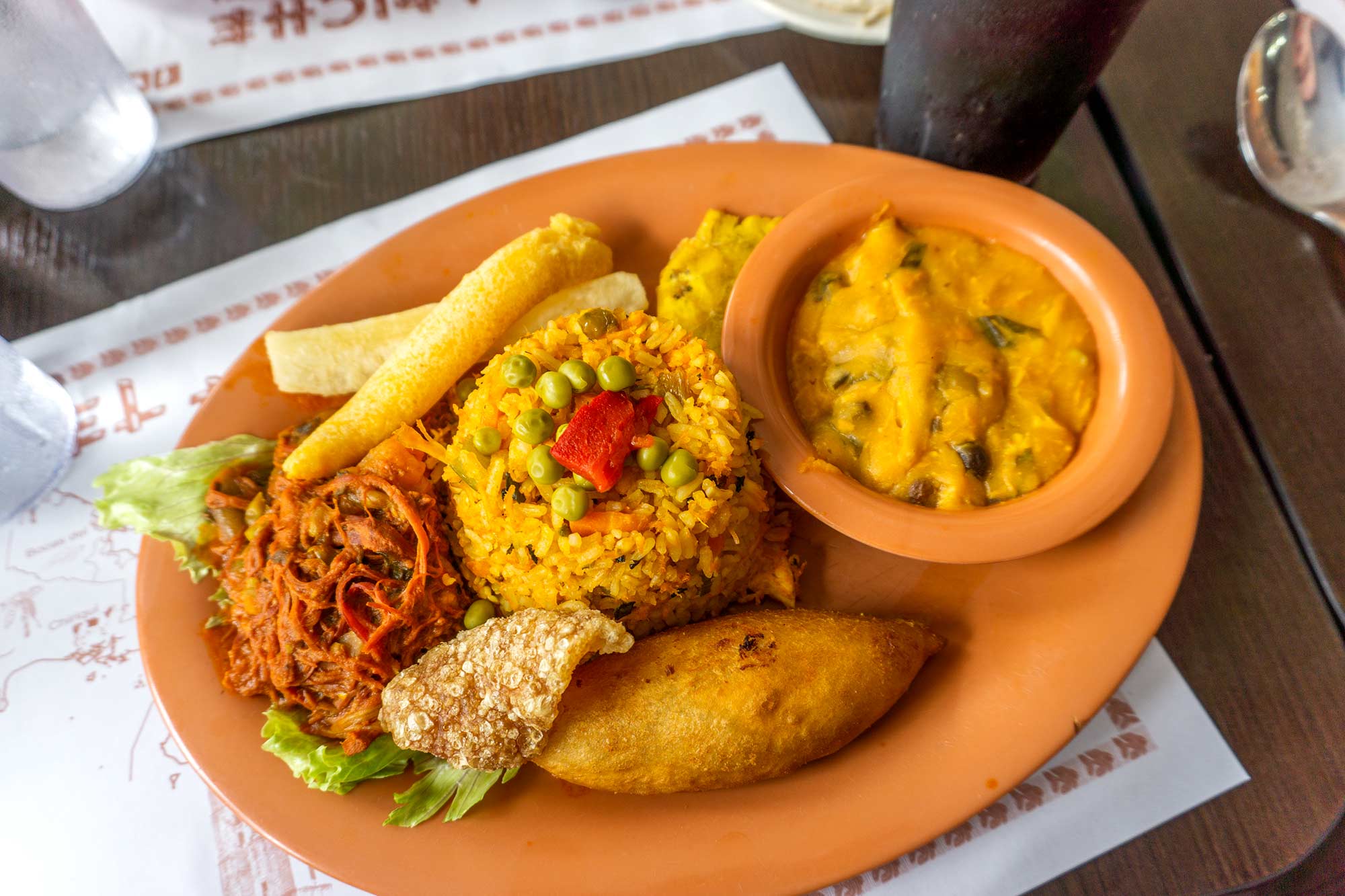Overview of Street Food Culture in Pakistan
Street food is an integral part of Pakistani culture and cuisine. It is a reflection of the diversity and richness of the country’s culinary heritage. From savory snacks to sweet treats, Pakistani street food has something to offer for everyone. The bustling streets of major cities, such as Karachi, Lahore, and Islamabad, are lined with food vendors selling an array of delicious dishes that are a must-try for any food enthusiast.
The popularity of street food in Pakistan can be attributed to its affordability, convenience, and taste. Street food is not only a quick and easy meal option but also a social gathering place for locals and tourists alike. The street food scene in Pakistan has evolved over the years, with vendors experimenting with new flavors and techniques to keep up with the changing tastes and preferences of their customers.
Popular Street Food Dishes in Pakistan
Some of the most popular street food dishes in Pakistan include samosas, pakoras, chaat, biryani, parathas, and kebabs. Samosas are a triangular-shaped pastry filled with spiced potatoes, peas, and meat. Pakoras are deep-fried fritters made from vegetables, such as potatoes, onions, and cauliflower, or meat. Chaat is a spicy and tangy snack made from a mixture of chickpeas, potatoes, yogurt, and chutney. Biryani is a fragrant rice dish cooked with a variety of spices, meat, and vegetables. Parathas are a type of flatbread stuffed with a variety of fillings, such as potatoes, cheese, and meat. Kebabs are grilled skewers of marinated meat, such as chicken, beef, and lamb.
Regional Variations in Pakistani Street Food
The street food scene in Pakistan varies from region to region. Each province has its own unique dishes and flavors that reflect its cultural and historical influences. For example, in Punjab, tawa chicken and channa daal are popular street food dishes, while in Sindh, haleem and sajji are the go-to options. In Khyber Pakhtunkhwa, chapli kebabs and karahi are the must-try street food items, while in Balochistan, sajji and liver tikka are the favorites.
Hygiene and Safety Concerns in Pakistani Street Food
While Pakistani street food is delicious and budget-friendly, it is important to be mindful of hygiene and safety concerns. Food poisoning and other gastro-intestinal illnesses can be a common occurrence if proper precautions are not taken. Tourists and locals should be careful when choosing their food vendor and should always opt for vendors who maintain proper hygiene standards. It is recommended to choose vendors who prepare food in front of you and avoid pre-cooked items that may have been sitting out for too long.
Innovation and Evolution in Pakistani Street Food
The street food scene in Pakistan is constantly evolving, with vendors experimenting with new flavors and techniques to keep up with the changing tastes and preferences of their customers. Some vendors are even using social media platforms to promote their dishes and reach a wider audience. Many food festivals and competitions are being held in major cities, encouraging vendors to try new things and showcase their culinary skills.
Experiencing Street Food in Pakistan: Tips and Recommendations
To fully experience the street food scene in Pakistan, it is recommended to go on a food tour or hire a local guide who can take you to the best vendors and hidden gems. It is also important to be adventurous and try new dishes. However, make sure to pace yourself and not overeat, as many of the dishes are rich and filling. Lastly, do not forget to try the local beverages, such as lassi and sugarcane juice, which are the perfect accompaniment to any street food dish.

